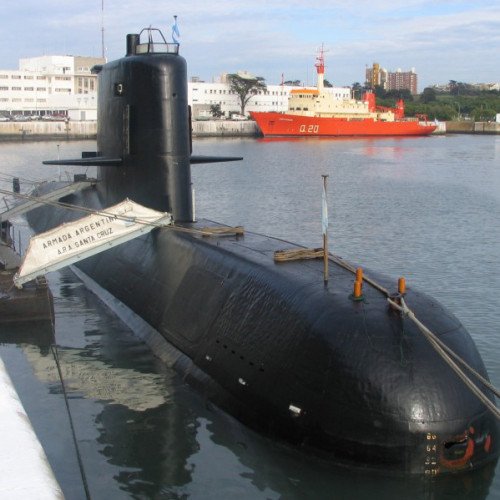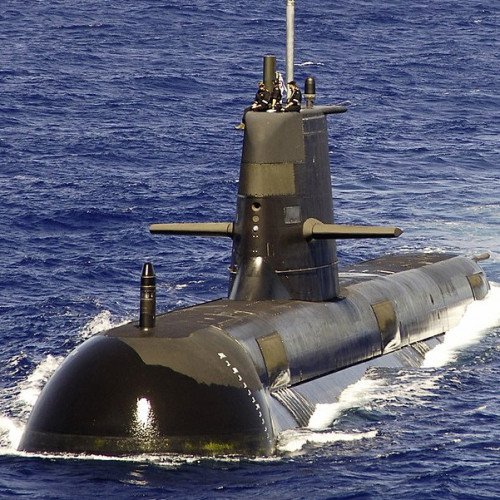TR-1700-class submarine vs Collins-class submarine

TR-1700-class submarine
The TR-1700 (Santa Cruz) is a class of diesel-electric patrol submarines built by Thyssen Nordseewerke for the Argentine Navy in the 1980s, with two submarines completed. These ships are amongst the largest submarines built in Germany since World War II and are among the fastest diesel-electric submarines in the world. ARA San Juan was lost on 17 November 2017, leaving ARA Santa Cruz as the only remaining submarine of this class.
Statistics for this Xoptio

Collins-class submarine
The Collins class of six Australian-built diesel-electric submarines is operated by the Royal Australian Navy (RAN). The Collins class takes its name from Australian Vice Admiral John Augustine Collins; all six submarines are named after significant RAN personnel who distinguished themselves in action during World War II. The boats were the first submarines to be constructed in Australia, prompting widespread improvements in Australian industry and delivering a sovereign (Australian controlled) sustainment/maintenance capability. Planning for a new design to replace the RAN's Oberon-class submarines began in the late 1970s and early 1980s. Proposals were received from seven companies; two were selected for a funded study to determine the winning design, which was announced in mid-1987. The submarines, enlarged versions of Swedish shipbuilder Kockums' Västergötland class and originally referred to as the Type 471, were constructed between 1990 and 2003 in South Australia by the Australian Submarine Corporation (ASC). The submarines have been the subject of many incidents and technical problems since the design phase, including accusations of foul play and bias during the design selection, improper handling of design changes during construction, major capability deficiencies in the first submarines, and ongoing technical problems throughout the early life of the class. These problems have been compounded by the inability of the RAN to retain sufficient personnel to operate the submarines—by 2008, only three could be manned, and between 2009 and 2012, on average two or fewer were fully operational. The resulting negative press has led to a poor public perception of the Collins class. After 20 years of service issues, the boats have finally provided high availability to the RAN since 2016. The Collins class was expected to be retired about 2026, however, the 2016 Defence White Paper extended this into the 2030s. The Collins class life will now be extended and will receive an unplanned capability upgrade, including sonar and communications.The Collins class will be replaced by the Attack-class submarine (SEA 1000) that is scheduled, according to the 2016 Defence White Paper, to begin entering service in the early 2030s with construction extending to 2050. The Future Submarine Program will be based on the Shortfin Barracuda, a conventionally-powered variant of a nuclear attack submarine designed by French company DCNS; twelve submarines will be acquired, all built in Australia.